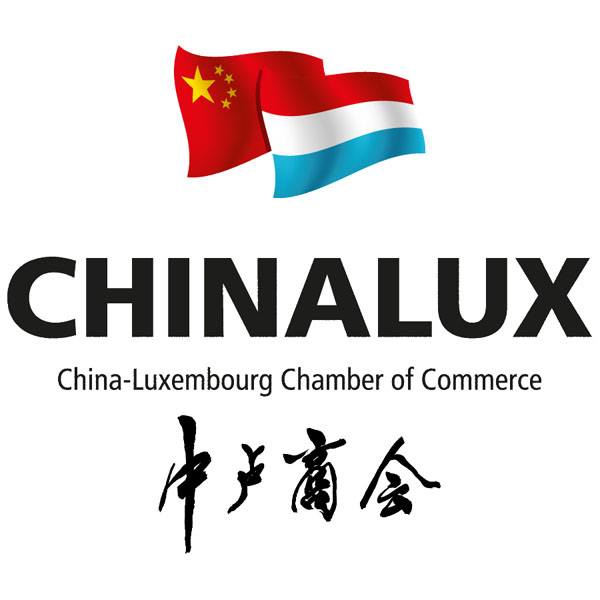 CSSF;
CSSF;
The Securities and Futures Commission (SFC) and the Commission de Surveillance du Secteur Financier (CSSF) have entered into a Memorandum of Understanding on Mutual Recognition of Funds (MRF), which will allow eligible Hong Kong public funds and Luxembourg UCITS funds to be distributed in each other’s market through a streamlined process.
The MoU also establishes a framework for exchange of information, regular dialogue as well as regulatory cooperation in relation to the cross-border offering of eligible Hong Kong public funds and Luxembourg UCITS funds.
“The new cooperation framework expands our MRF network following Mainland China, Switzerland, France and United Kingdom. It further strengthens our ties and regulatory cooperation with Luxembourg, a major hub for fund domicile,” said Mr Ashley Alder, the SFC’s Chief Executive Officer.
“Hong Kong and Luxembourg have a long history of cooperation in the area of mutual fund distribution. The new memorandum of understanding is an important step for the mutual recognition of investments funds in our respective jurisdictions, and demonstrates the excellent cooperation between our two supervisory authorities,” said Mr Claude Marx, Director General of the Luxembourg CSSF.
Denise Voss, Chairman of ALFI commented: “Luxembourg and Hong Kong have a long-standing tradition of cooperation. In recognition of the strength and quality of the UCITS regulatory framework, as well as the level of investor protection that it offers, many asset managers in Hong Kong have established UCITS funds which they have managed and distributed in the EU or in Asia for quite some time. As an open market, Hong Kong in particular has welcomed UCITS funds, subject to the SFC’s approval. In turn, Luxembourg, as the second-largest fund domicile in the world, and a premier centre for private banking and insurance business in Europe, offers an opportunity for Hong Kong asset managers who wish to enter this market. This MoU will prove very useful to asset managers and will help to deepen the existing bonds between the two jurisdictions.”








